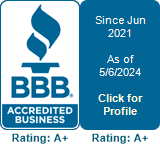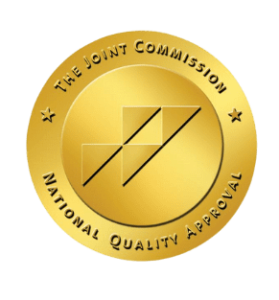Conventional residential addiction treatment programs aren’t necessarily the best option for everyone struggling with substance or alcohol abuse. That’s why it’s important not to get discouraged if residential rehab doesn’t work as expected. At-home addiction treatment provides one of the best options for individuals whose lifestyles and treatment goals don’t match the residential model.
What Is Residential Treatment Like?
Residential addiction treatment offers a structured, controlled environment for individuals aiming to achieve long-term sobriety and prevent relapse in a group setting. Residential programs provide a range of recovery resources for individuals in treatment, including:
- Individual therapy
- Group therapy
- Addiction education
- Family counseling
During residential programs, individuals live full time at the facility, which consists of either a separate treatment center and group home or one conjoined facility with the individual living and attending sessions under one roof. Residential treatment timelines are generally fixed at 30, 60, or 90 days but may last longer depending on the severity of the addiction.
Why Residential Rehab Isn’t for Everyone
At ALYST Health, about half of our program participants come to us after first trying a residential rehab program without success. Some even realize residential treatment isn’t right for their recovery goals before entering a program. Often, the most significant factors limiting successful recovery include aligning treatment with daily routines and the integration of learned skills into everyday life.
It’s difficult for someone with a full-time career, a family to support, or a hectic daily schedule to put life on hold for two to three months at a time when entering a residential treatment program. Even if they can, treatment happens in a clinical setting where many of the day-to-day stressors and triggers in the real world aren’t present. This treatment environment presents further challenges when the individual in recovery eventually has to step back into life outside of the treatment center.
Another barrier to success in residential addiction treatment centers is the lack of individual program flexibility. Individuals receive one-on-one guidance while in residential treatment, but they have to follow the same schedule and routine as everyone else in the program while following fixed treatment timelines. This approach isn’t ideal for people who need to tailor a treatment schedule around their lifestyle or can’t limit treatment to 30, 60, or 90 days.
What To Do When Rehab Doesn’t Work: Two Alternatives to Residential Rehab
When deciding where to turn when residential rehab doesn’t work as intended or isn’t the right fit from the beginning, you have two primary options worth considering:
1. Outpatient Rehab
Outpatient rehab follows a similar approach to inpatient—or residential—addiction treatment. However, instead of living at the treatment facility full time, individuals attend treatment during the day and then return home at night. While this approach is more affordable and may help some individuals receive help without disrupting their daily routine, it also comes with a lower success rate than residential rehab. One of the reasons for this is that many of the temptations and stressors still remain, but the individual may lack the skills and support to effectively manage them, especially early on in treatment. As a result, outpatient rehab is generally only recommended in cases of mild addiction.
2. At-Home Addiction Treatment
When outpatient rehab isn’t a good fit either, at-home addiction treatment is the next option to consider. In many ways, at-home addiction treatment offers the best of inpatient and outpatient rehab by delivering:
- The resources and accountability of residential rehab
- The flexibility and integration of outpatient rehab
At-home addiction treatment works by providing complete access to all the resources available during residential treatment (listed above), plus:
- A 24/7 Certified Recovery Agent (CRA)
- Holistic Addiction Case Management
- Around-the-Clock Access to Sober Transportation
- Executive Coaching
- 100% Confidentiality and Privacy
Outpatient Rehab vs. At-Home Rehab
At-home rehab is different from outpatient rehab in that you don’t have to commute to a facility to receive treatment during the day. Every aspect of treatment takes place in the comfort and privacy of your own home. That means you don’t have to follow a predetermined schedule in a group setting. You set the routine, and a dedicated CRA holds you accountable to that plan while helping navigate everyday stressors and triggers in healthy ways.
With a one-on-one, peer-to-peer dynamic, at-home rehab allows participants to cultivate a close relationship with their CRA, therapists, doctors, and case manager. That means treatment timelines can be set according to the individual’s desired recovery goals and milestones at a realistic, actionable pace. At the same time, participants can maintain an ongoing relationship with their treatment team, even after the successful completion of their personalized program. These ongoing relationships are critical because recovery never truly ends, and they provide the lasting support required to achieve long-term sobriety.
How To Treat Drug Addiction at Home
We get asked this question a lot: Is it possible to treat drug addiction at home? If you’re looking to treat addiction on your own or with the support of family alone, the answer is generally no. Without the guidance and foresight of people who have seen it before, the risk of relapse is high because it’s almost impossible to avoid the pitfalls that frequently cause individuals in recovery to relapse.
But as long as you have the right treatment team on your side, the answer is absolutely! Successful addiction recovery at home also hinges on:
1. Building the Right Team
Start by talking to a wide range of addiction recovery professionals and use those conversations to build a team that matches your treatment needs and recovery goals. If you’re seeking treatment for someone you care about, you’ll also need to assemble a team to stage an intervention, which should include recovery experts, family, and close friends. The at-home treatment model offers the flexibility to completely customize your treatment team while ensuring only the people who need to know are in the know.
(In your search for the right addiction treatment partners, we recommend that you verify their accreditation status with the Joint Commission to ensure an excellent experience.)
2. Preparing for the Possibility of Detox
Before entering treatment, participants may first need to enter a detox facility depending on the scope and subject of the addiction. Only after successful detox can at-home addiction treatment begin, and the detox process may last anywhere from a few days to a week or more.
3. Integrating Daily Life
If your treatment program isn’t helping you develop the skills to cope with daily life in healthy ways, the chances of achieving lasting sobriety go down significantly. Successful recovery requires identifying the problems areas in your life that are driving a drug or alcohol addiction. From there, you can learn healthy ways to respond to those problem areas without feeding into addiction. And for many, the best way to identify those outlets is by living the life they’re already living.
4. Falling Back on Family
Addiction is fundamentally a family disease, so the family needs to be part of addiction recovery. While some family members may be helping fuel the addiction with enabling behaviors, all family members have the potential to play a productive role in helping the person they care about achieve sobriety. In fact, successful recovery often depends on family members providing support and encouragement when the risk of relapse is high.
The Leader in At-Home Drug Rehab Programs
As the first and only fully at-home addiction treatment program accredited by the Joint Commission, ALYST Health is leading the way when it comes to what’s possible with at-home rehab. Our holistic approach offers all the resources and guidance to make long-term sobriety possible for anyone and any lifestyle. Learn more about our at-home treatment solutions, explore our addiction recovery resources, or get in touch when you’re ready to take the next steps to addiction recovery in the real world.






